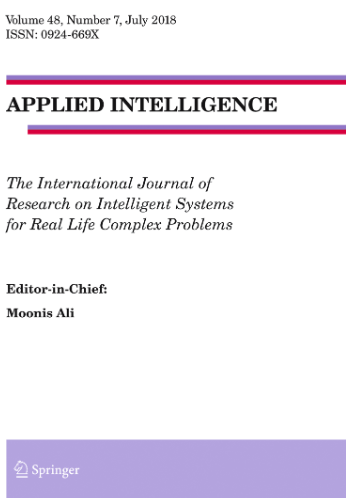Camouflage object detection (COD) is designed to locate objects that are “seamlessly” embedded in the surrounding environment. Camouflaged object detection is a challenging task due to the high intrinsic similarities between objects and their backgrounds, as well as the low boundary contrast between them. To address this problem, this paper proposes a new ternary symmetric fusion network (TSFNet), which can detect camouflaged objects by fully fusing features of different levels and scales. Specifically, the network proposed in this paper mainly contains two key modules: the location-attention search (LAS) module and the ternary symmetric interaction fusion (TSIF) module. The location-attention search module makes full use of contextual information to position potential target objects from a global perspective while enhancing feature representation and guiding feature fusion. The ternary symmetric interaction fusion module consists of three branches: bilateral branches gather rich contextual information of multi-level features, and a middle branch provides fusion attention coefficients for the other two branches. The strategy can effectively achieve information fusion between low- and high-level features, and then achieve the refinement of edge details. Experimental results show that the method is an effective COD model and outperforms existing models. Compared with the existing model SINetV2, TSFNet significantly improves the performance by 3.5% weighted F-measure and 8.1% MAE on the COD10K.


